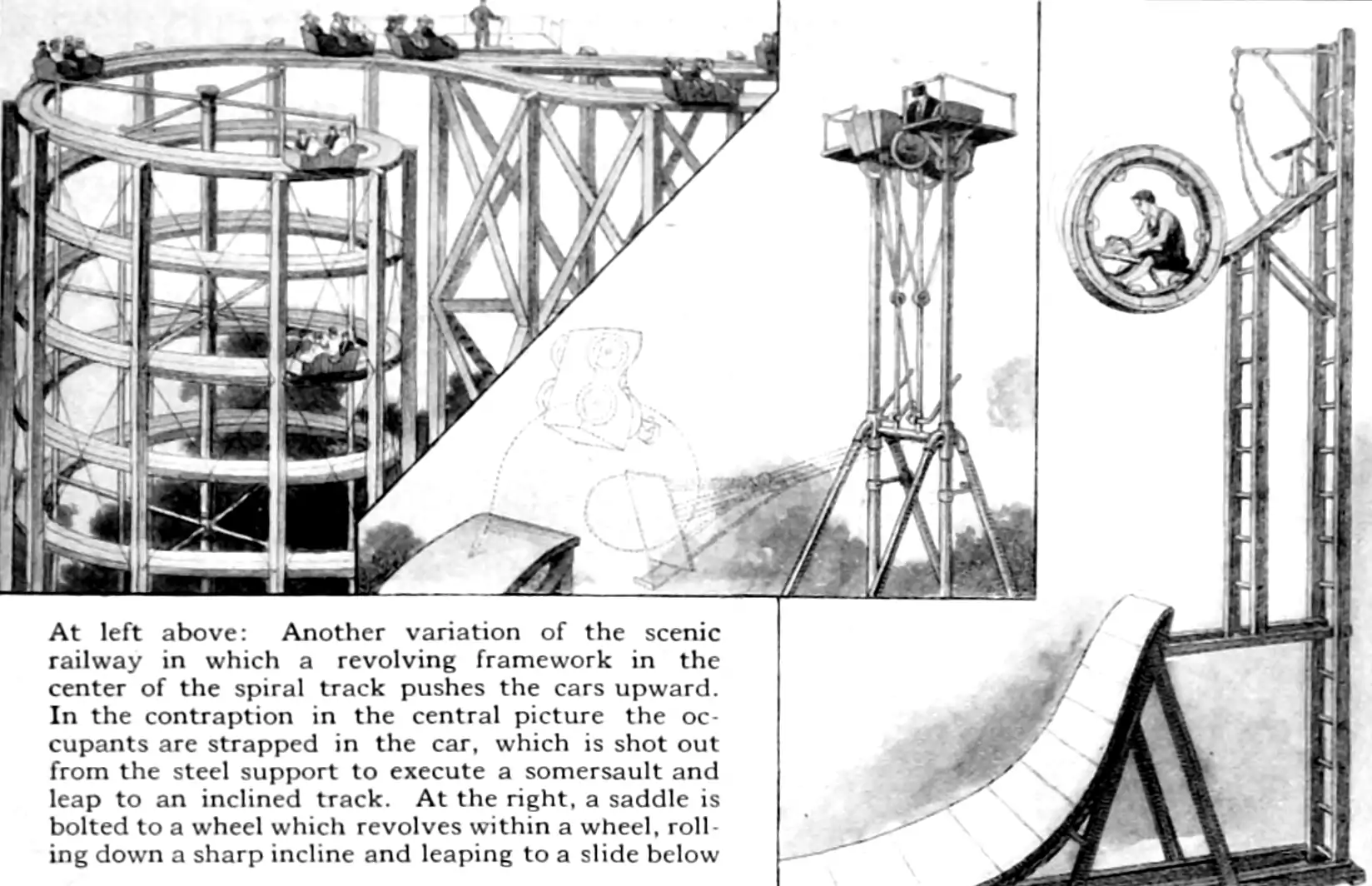Subordinators
Non-decreasing Lévy processes with weird branding
October 13, 2019 — February 23, 2022
\[\renewcommand{\var}{\operatorname{Var}} \renewcommand{\dd}{\mathrm{d}} \renewcommand{\pd}{\partial} \renewcommand{\bf}[1]{\mathbf{#1}} \renewcommand{\vv}[1]{\boldsymbol{#1}} \renewcommand{\rv}[1]{\mathsf{#1}} \renewcommand{\mm}[1]{\mathrm{#1}} \renewcommand{\cc}[1]{\mathcal{#1}} \renewcommand{\oo}[1]{\operatorname{#1}} \renewcommand{\gvn}{\mid} \renewcommand{\II}{\mathbb{I}}\]
A subordinator is an a.s. non-decreasing Lévy process \(\{\rv{g}(t)\}, t \in \mathbb{R}\) with state space \(\mathbb{R}_+\equiv [0,\infty]\) such that
\[ \mathbb{P}(\rv{g}(t)-\rv{g}(s)< 0)=0, \,\forall t \geq s. \]
That is, it is an a.s. non-decreasing Markov process with homogeneous independent increments.
Tutorial introductions to these creatures are in (Kyprianou 2014; Bertoin 1996, 2000; Sato 1999).
The platonic ideal of a subordinator is probably the Lévy-Gamma process. However, there are many more; There is no requirement that the support of a subordinator’s paths is dense in \(\mathbb{R}_+\); for example, counting such Poisson processes are subordinators.
The terminology is weird. Why “subordinator”? Popular references mention their use as a model of random rate of passage of time in the popular Variance Gamma model (Madan and Seneta 1990). I know almost nothing about that, but I read a little bit of history in (Seneta 2007). The idea is certainly older than that, though. Surely it is implicit in Lamperti? I do not have time for that citation rabbit hole though.
The subordination of a one-dimensional Lévy process \(\{X(t)\}\) by a one-dimensional increasing process \(\{T (t)\}\) means introducing a new process \(\{Y (t)\}\) defined as \(Y (t) = X(T (t))\), where \(\{X(t)\}\) and \(\{T (t)\}\) are assumed to be independent, and that one-dimensional increasing process is the subordinator.
Subordinators can be generalised to beyond one-dimensional processes; see (Ole E. Barndorff-Nielsen, Pedersen, and Sato 2001). We can more generally consider subordinators that take values in \(\mathbb{R}^d,\) although such a process no longer has an intuitive interpretation as the rate-of-time-passing, since time is usually one-dimensional in common experience.
1 Properties
Let us see what Dominic Yeo says, channelling Bertoin (1996):
In general, we describe Lévy processes by their characteristic exponent. As a subordinator takes values in \([0,\infty),\) we can use the Laplace exponent instead: \[\mathbb{E}\exp(-\lambda X_t)=:\exp(-t\Phi(\lambda)).\] We can refine the Levy-Khintchine formula; \[\Phi(\lambda)=k+d\lambda+\int_{[0,\infty)}(1-e^{-\lambda x})\Pi(dx),\] where k is the kill rate (in the non-strict case). Because the process is increasing, it must have bounded variation, and so the quadratic part vanishes, and we have a stronger condition on the Levy measure: \(\int(1\wedge x)\Pi(dx)<\infty.\) The expression \(\bar{\Pi}(x):=k+\Pi((x,\infty))\) for the tail of the Levy measure is often more useful in this setting. We can think of this decomposition as the sum of a drift, and a PPP with characteristic measure \(\Pi+k\delta_\infty.\) … we do not want to consider the case that \(X\) is a step process, so either \(d>0\) or \(\Pi((0,\infty))=\infty\) is enough to ensure this.
2 Gamma processes
See Gamma processes.
3 Beta processes
The strictly-increasing flavour, as seen in See Gamma processes.
4 Poisson processes
See Poisson processes.
5 as measure priors
See Measure priors.
6 Compound Poisson processes with non-negative increments
🏗
7 Inverse Gaussian processes
Based on inverse Gaussian increments. See (Kyprianou 2014). Interesting because Minami (2003) gives an interpretation of the multivariate Inverse Gaussian process which is suggestive of a natural dependence model via covariance of a dual Gaussian process. Dependency structure might be interesting.
🏗
8 An increasing linear function is a subordinator
We get linear functions both as a baked-in affordance of Lévy processes and as a limiting distribution of a Gamma process whose increment variance goes to zero.
9 Positive linear combinations of other subordinators
Say we have a collection of \(m\) independent univariate subordinators, not necessarily from the same family or with the same parameters, stacked to form a vector process \(\{\rv{g}(t)\}\) with state space \(\mathbb{R}_+^{m}\). Take a transform matrix \(M\in\mathbb{R}^{n\times m}\) with non-negative entries. Then the process \(\{M\rv{g}(t)\}\) is still a subordinator (and moreover a Lévy process) although the elements are no longer independent. We could think of that the same trick applied to just the increments, which would come down to the same thing.
🏗
10 Subordination of subordinators
Since a subordinator time change of a Lévy process is still a Lévy process, a subordinated subordinator is still a Lévy process and it is still monotone and therefore still a subordinator. Is this convenient for my purposes?
🏗
11 Generalized Gamma Convolutions
A construction (Bondesson 1979, 2012; Ole E. Barndorff-Nielsen, Maejima, and Sato 2006; James, Roynette, and Yor 2008; Steutel and van Harn 2003) that shows how to represent some startling (to me) processes using subordinators, including Pareto (Thorin 1977b) and Lognormal (Thorin 1977b) ones.
12 via Kendall’s identity
(Burridge et al. 2014) leverage a neat result (Kendall’s identity) in (Borovkov and Burq 2001) to produce several interesting families of subordinators with explicit transition densities. These look handy.
13 Multivariate
How do we construct a multivariate subordinator process, by which I mean a random process whose realisations are coordinate-wise monotone functions \(\mathbb{R}^D\to\mathbb{R}\)? One obvious way is to take coordinate-wise iid subordinators as the distributions of each coordinate. This is by construction what we want. Questions: How general is such a thing? How easy is it to conditionally sample paths from it? What do we want our multivariate subordinator to do? I care about this especially for multivariate Gamma processes.

